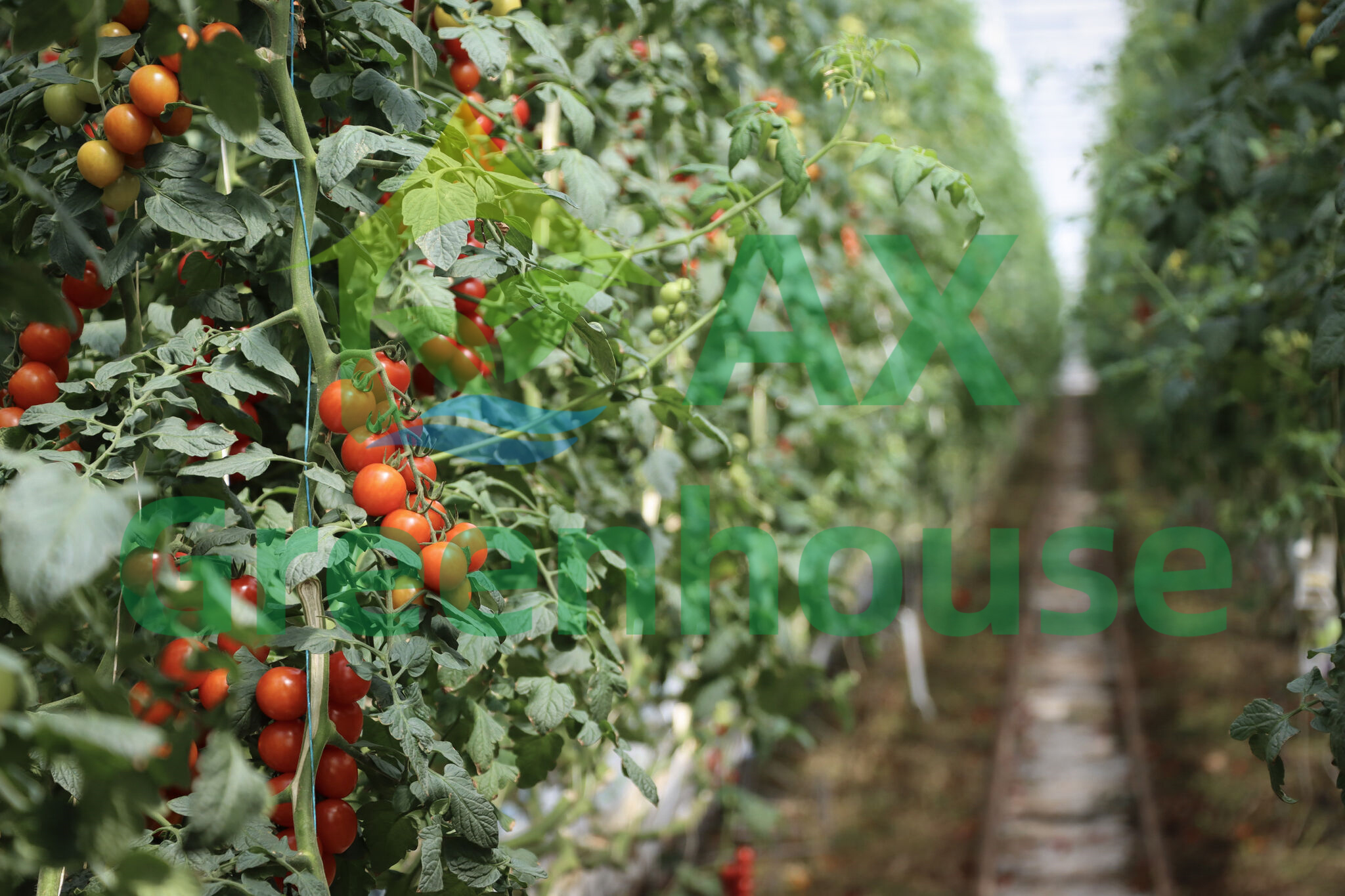Soilless cultivation refers to a cultivation method in which natural soil is not used but a substrate is used or only the substrate is used for seedling cultivation, and the nutrient solution is used for irrigation after planting, which can save land. Since soilless cultivation can artificially create a good rhizosphere environment to replace the soil environment, it can effectively prevent soil continuous cropping diseases and physiological obstacles caused by soil salt accumulation, and fully meet the requirements of crops for environmental conditions such as mineral nutrition, moisture, and gas. Artificially prepared The culture solution can supply the plant's mineral nutrient needs, and the composition is easy to control. And it can be adjusted at any time, in places where there is no soil at the right light and temperature, as long as there is a certain amount of fresh water supply, it can be done.

So, what are the advantages of soilless culture technology
1. Good crop growth and high yield
Soilless cultivation can give full play to the production potential of crops. Compared with soil cultivation, the yield can be increased exponentially or tens of times. In soilless cultivation, various nutrients needed for plant growth are artificially formulated into a nutrient solution and applied, which not only will not be lost, but also maintain a balance. It can scientifically supply nutrients and carry out formula fertilization according to different types of flowers and trees and different growth and development stages. The seedlings grow rapidly, the seedling age is short, the root system is well developed, the seedlings are strong and tidy, and the slow seedling time after planting is short and easy to survive. Regardless of whether it is a matrix seedling or nutrient solution seedling, sufficient water and nutrient supply can be ensured, and the matrix can be well ventilated. At the same time, soilless seedling cultivation is convenient for scientific and standardized management.
2. Avoid soil continuous cropping obstacles
In facility cultivation, the soil is rarely leached by natural rain, and the movement direction of water and nutrients is bottom-up. Soil water evaporation and crop transpiration cause the mineral elements in the soil to move from the lower layer of the soil to the surface layer. Year after year, year after year, a lot of salt accumulates on the surface of the soil, which is harmful to crops. After the application of soilless culture, especially the use of hydroponics, this problem is fundamentally solved. Soil-borne diseases are also a difficult point in facility cultivation. Soil disinfection is not only difficult but also consumes a lot of energy, the cost is considerable, and it is difficult to disinfect thoroughly. If disinfection with medicaments is lack of efficient medicines, at the same time, the residues of harmful ingredients in medicaments also endanger health and pollute the environment. Soilless cultivation is an effective method to avoid or fundamentally eliminate soil-borne diseases.
3. Ensure hygiene and cleanliness, reduce pests and diseases
soilless cultivation technology is a kind of pollution-free cultivation technology, which can reduce the occurrence of plant diseases and insect pests, and ensure the healthy growth of plants, the health and sanitation of plants.
4.in line with development requirements
In line with the development requirements of modern agriculture, in the process of soilless cultivation, it plays an important role in reducing cultivation procedures, saving labor, and strengthening the management of cultivation techniques. It can adjust the concentration of nutrient solution through modern technical operations to ensure plant growth The supply of nutrition.
5. Save labor, water, and fertilizer
As there is no need to carry out soil cultivation, land preparation, fertilization, cultivating and weeding, field management is greatly reduced, which not only saves labor, but also has low labor intensity. It can greatly improve the labor conditions of agricultural production and is conducive to labor-saving cultivation. Under artificial control, the scientific management of nutrient solution is used to ensure the supply of water and nutrients, which can greatly reduce the leakage, loss, volatilization and evaporation of water and fertilizer in soil cultivation. Therefore, soilless cultivation in desert and arid areas is also one of the reasons. A very good "water saving project"
6. Not restricted by region, can make full use of space
Soilless cultivation completely separates the crops from the soil environment, thus getting rid of the constraints of the land. Cultivated land is considered to be a limited, most precious, and non-renewable natural resource. Soilless cultivation is of special significance, especially in regions and countries where there is a shortage of cultivated land. After soilless cultivation enters the field, many deserts, wastelands or areas that are difficult to cultivate on the earth can be used by soilless cultivation methods. In addition, soilless cultivation is not limited by space. The flat roofs of urban buildings can be used to grow vegetables and flowers, which virtually expands the cultivation area.
Post time: Oct-19-2021






